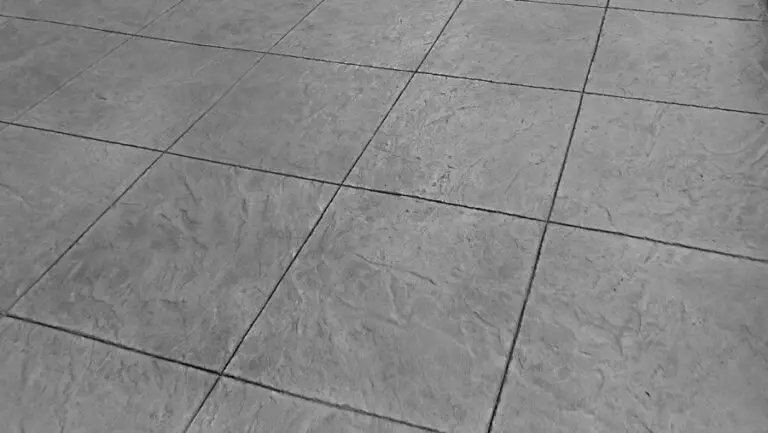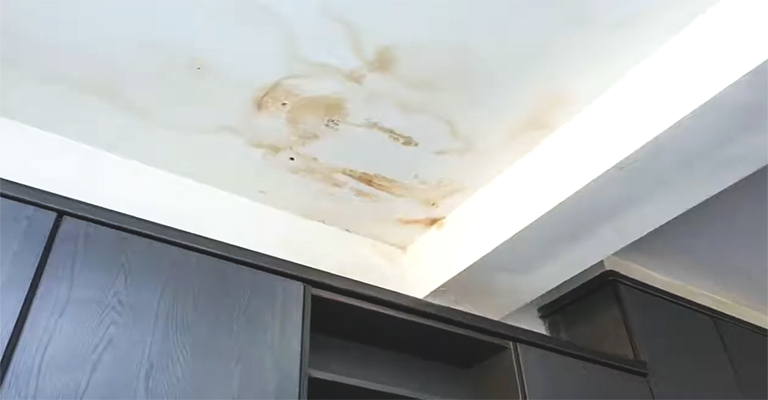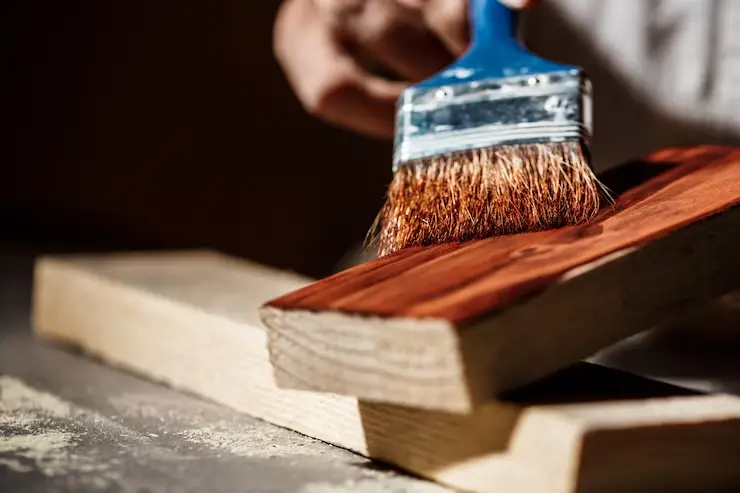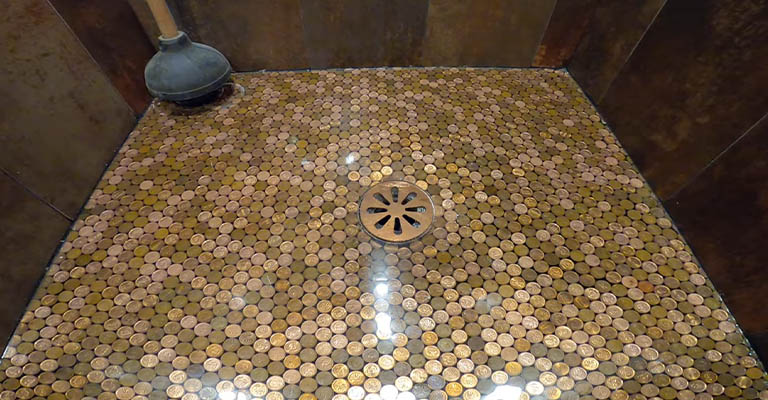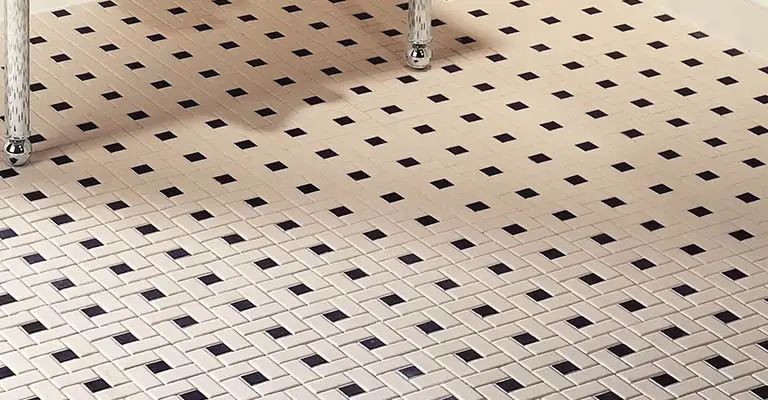How to Change a Bathtub Faucet: A Step-by-Step Guide
The bathtub faucet is not only an essential component of your bathroom but also a reflection of your aesthetic choices. Over time, faucets may wear out, become dated, or simply not match your evolving décor.
If you’re looking to give your bathroom a mini makeover or need to replace a malfunctioning faucet, this guide is for you. Changing a bathtub faucet is a task that many homeowners can tackle with the right tools and guidance.
Here’s a step-by-step breakdown of how to change a bathtub faucet.
Your Step-by-Step Guide
1. Gather Your Tools and Supplies
Before you begin, ensure you have the following items on hand:
- Adjustable wrench
- Teflon tape
- Plumber’s putty
- Screwdrivers (both flathead and Phillips)
- A new bathtub faucet (make sure it matches the type and size of your existing one)
- Towels or rags
2. Turn Off the Water Supply
Safety first! Ensure the water supply to the bathtub is turned off. This can typically be done by locating the shut-off valves, often found near the tub or at the main water supply line for your home.
3. Remove the Old Faucet
Handle(s) Removal
Bathtub faucets either have a single handle or two separate ones for hot and cold. If there’s a cap on the handle, gently pry it off using a flathead screwdriver. This will expose the screw holding the handle. Using the appropriate screwdriver, turn the screw counterclockwise and remove the handle.
Spout Removal
Some spouts have a set screw underneath, which can be loosened with an Allen wrench. Once loosened, pull the spout straight out. If there’s no set screw, the spout might be threaded onto a pipe. In this case, turn the spout counterclockwise to unscrew and remove it.
4. Prep the New Faucet
Apply Teflon Tape
Wrap the threads of the new faucet (or the connecting pipe) with Teflon tape. This ensures a watertight seal.
Check for a Rubber Seal
Some faucets come with a rubber seal, which ensures a watertight connection. If yours doesn’t have one, you can mold a small amount of plumber’s putty and place it around the base.
5. Install the New Faucet
For Threaded Spouts
Screw the new spout onto the pipe by turning it clockwise. Make sure not to over-tighten to avoid damaging the threads.
For Spouts with Set Screws
Slide the spout over the pipe and secure it by tightening the set screw.
Handle(s) Installation
Place the handle over the stem and screw it in place. If it came with a decorative cap, snap or screw that on as well.
6. Test the New Faucet
Turn the water supply back on and test the faucet for any leaks. Open the faucet to let water flow and ensure that the temperature controls are working correctly. Monitor the faucet base and the handle(s) for any signs of dripping or seepage. If all looks good, congratulations – you’ve successfully changed your bathtub faucet!
7. Clean Up
Wipe down the faucet and surrounding area to remove any fingerprints or residues. Store your tools safely, and dispose of the old faucet responsibly, considering recycling options.
Additional Tips for Changing a Bathtub Faucet
Beyond the basic steps outlined, it’s beneficial to consider the following tips for an even smoother process:
1. Take Pictures of the Old Setup
Before disassembling your old faucet, snap a few photos with your smartphone. This provides a reference point, which can be invaluable if you encounter any challenges during installation.
2. Ensure Compatibility
When shopping for a new faucet, ensure it’s compatible with your bathtub’s configuration. Bathtub faucets come in various styles, including center-set, single-hole, and widespread setups. Knowing your setup can save you a lot of trouble and time during the installation process.
3. Seek Recommendations
Before finalizing your faucet choice, consider seeking recommendations from friends, family, or online reviews. Opting for a well-reviewed faucet can ensure longevity and fewer complications in the future.
4. Clean the Area
Before installing the new faucet, clean the area where the old faucet sat. Over time, gunk and mineral deposits can accumulate, so take this opportunity to clean and ensure the new faucet sits flush and neat.
5. Use Quality Tools
High-quality tools can make the difference between a seamless installation and a challenging one. Ensure your tools are in good condition, and always have a backup ready, just in case.
6. Don’t Force Things
If something feels too tight or doesn’t fit quite right, pause and reassess. Forcing pieces together can lead to damages, which might result in a more significant repair or replacement cost.
7. Seek Expert Help If Unsure
While changing a bathtub faucet is a doable DIY task, there’s no harm in seeking expert advice if you’re unsure. A small consultation fee with a plumber can save you from potential mishaps and ensure a flawless installation.
Final Words
Addressing a leaky bathtub faucet becomes an essential home maintenance skill. Whether you’re grappling with a threaded spout in the basement bathroom sink or a slip-on spout in the master bath, understanding the intricacies of your bathtub faucet setup is crucial. Familiarizing yourself with tools like the pipe wrench, socket wrench, and the differences between a screw-on spout and its counterparts ensures that whether it’s a bathroom faucet or sink faucet, the job is tackled with expertise.
Moreover, for those venturing into more advanced areas like adjusting the stem clockwise or dealing with shower head intricacies, the journey often starts with something as simple as replacing a tub spout. It’s worth noting that for those trickier endeavors, or when confronted with a uniquely challenging tub faucet, a trip to the local hardware store or a consultation with a plumbing professional can be invaluable. They can provide insights that go beyond standard procedures and help address more complicated scenarios.
Lastly, as DIY home improvement projects grow in popularity, mastering the art of identifying and rectifying a leaky faucet becomes an essential feather in the homeowner’s cap. Not only does it save potential costs in the long run, but it also ensures the longevity and functionality of every sink and tub in your home. Remember, when in doubt, reference back to reliable guides or seek professional advice to guarantee a job well done.

